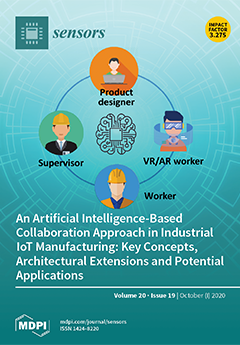The influence of nivolumab on intercellular adhesion forces between T cells and cancer cells was evaluated quantitatively using atomic force microscopy (AFM). Two model T cells, one expressing high levels of programmed cell death protein 1 (PD-1) (PD-1
high Jurkat) and the other with low PD-1 expression levels (PD-1
low Jurkat), were analyzed. In addition, two model cancer cells, one expressing programmed death-ligand 1 (PD-L1) on the cell surface (PC-9, PD-L1
+) and the other without PD-L1 (MCF-7, PD-L1
−), were also used. A T cell was attached to the apex of the AFM cantilever using a cup-attached AFM chip, and the intercellular adhesion forces were measured. Although PD-1
high T cells adhered strongly to PD-L1
+ cancer cells, the adhesion force was smaller than that with PD-L1
− cancer cells. After the treatment of PD-1
high T cells with nivolumab, the adhesion force with PD-L1
+ cancer cells increased to a similar level as with PD-L1
− cancer cells. These results can be explained by nivolumab influencing the upregulation of the adhesion ability of PD-1
high T cells with PD-L1
+ cancer cells. These results were obtained by measuring intercellular adhesion forces quantitatively, indicating the usefulness of single-cell AFM analysis.
Full article






